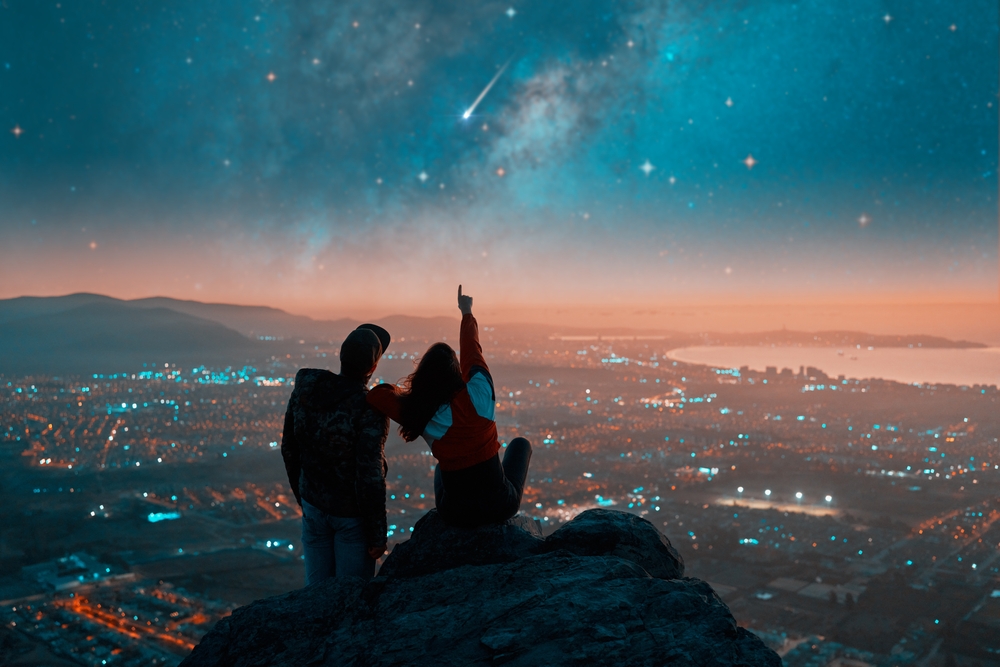The Perseids meteor shower is one of the most impressive annual sky events, drawing in viewers from all over the globe. Occurring each August, this meteor shower lights up the sky with fast, bright streaks that captivate both seasoned astronomers and casual stargazers. Named after the constellation Perseus, the Perseids occur when Earth crosses the dusty trail of debris left behind by Comet Swift-Tuttle. With no need for telescopes or special equipment, this natural spectacle is easy for anyone to enjoy. This comprehensive guide explains when to watch, where to look, and how to get the most from the 2025 Perseids meteor shower.
What Are the Perseids and Why They Matter
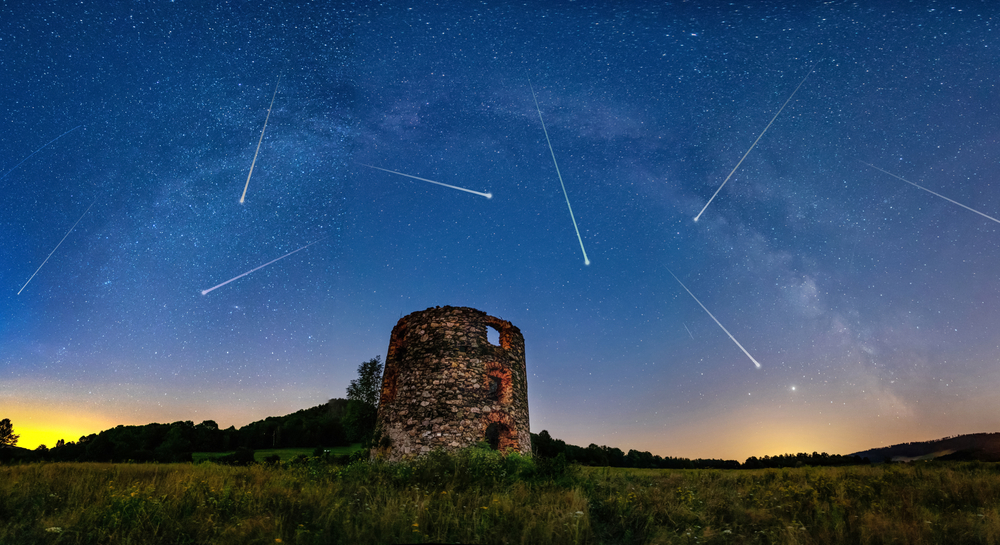
The Perseids occur every year when Earth travels through a dense stream of debris left by Comet Swift-Tuttle, a large comet with a 133-year orbit. These tiny particles, often no larger than a grain of sand, hit Earth’s atmosphere at speeds over 130,000 miles per hour. The friction causes them to burn up instantly, producing streaks of light known as meteors. The Perseids are considered one of the richest meteor showers, not only because of their frequency but also due to their brightness and color variations. The event is also historically significant, having been observed for over two thousand years. Their consistency and visibility across many regions make them a highlight on the astronomical calendar.
When to Watch the Perseids in 2025
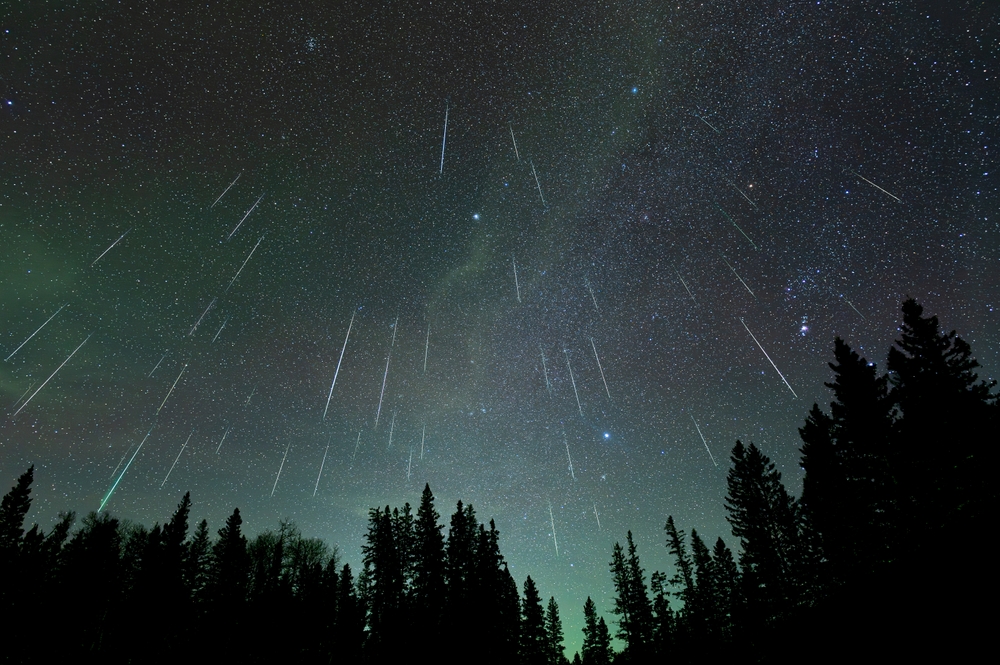
The peak of the Perseids in 2025 will occur during the night of August 11 into the early hours of August 12. The meteor shower officially runs from July 17 to August 24, but the most active and visible period is typically within 48 hours of the peak. During the peak night, rates of up to 100 meteors per hour can be expected in ideal conditions. This year’s moon phase is favorable, with a waxing crescent moon setting early in the evening. This means the sky will remain dark enough to see even faint meteors clearly. The early evening may show occasional meteors, but the best activity is usually from 1 a.m. to 4 a.m., when Earth’s rotation points your location more directly into the incoming stream.
Where in the World You Can See Them
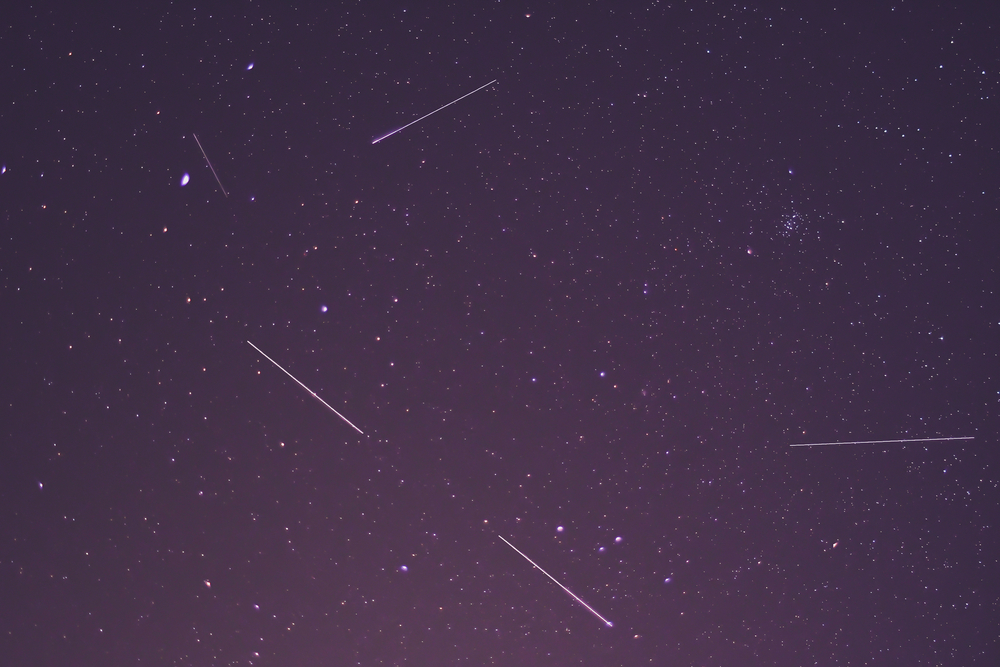
The Perseids are best viewed in the northern hemisphere. Countries in North America, northern Europe, and central Asia have the best vantage points due to the higher elevation of the constellation Perseus in the night sky. For optimal visibility, aim to get as far north as possible without going above the Arctic Circle, where daylight can still interfere in August. While the southern hemisphere is not ideal, observers close to the equator may still see a decent number of meteors, particularly if they choose high elevations and clear skies. In cities and heavily populated regions, artificial light from streetlamps, cars, and buildings can significantly reduce the number of visible meteors. Dark-sky parks, nature reserves, and remote desert or mountain areas are your best bet.
Best Time of Night for Viewing
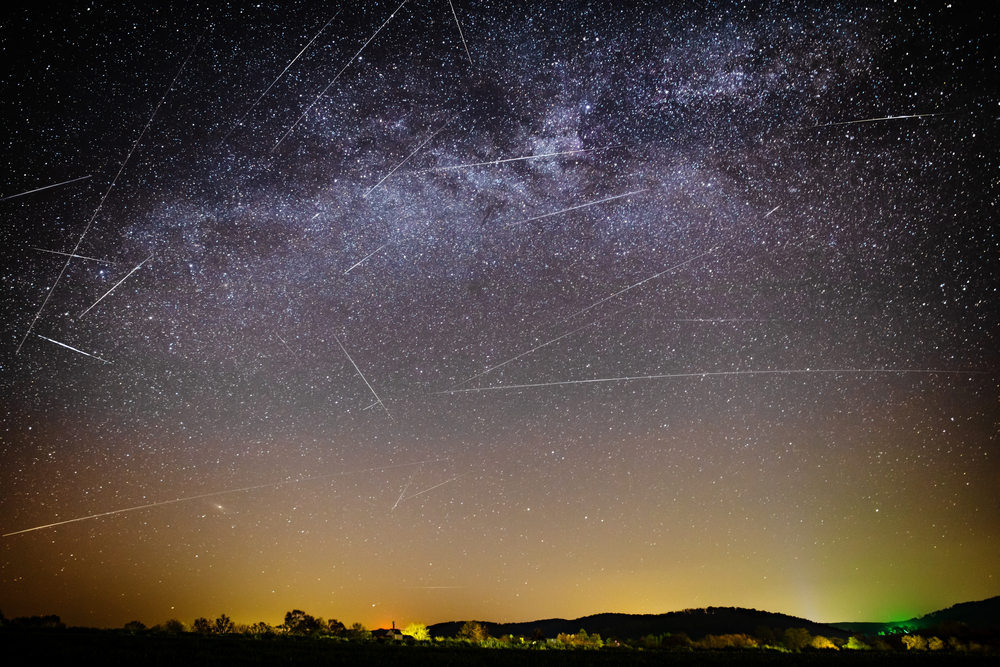
Meteor visibility improves significantly after midnight due to the position of Earth relative to the stream of comet debris. As the night progresses, your location rotates into the debris stream more directly. Between 2 a.m. and 4 a.m., meteor rates often peak. At this time, the radiant point of the Perseids rises higher in the sky, allowing more meteors to appear above the horizon. Keep in mind that meteors can appear in any part of the sky, but they tend to radiate from the northeast. It is wise to be in position well before midnight, as this allows your eyes to adjust to the dark. A long observation session increases your chance of seeing rare fireballs and persistent trails.
How to Find the Right Spot
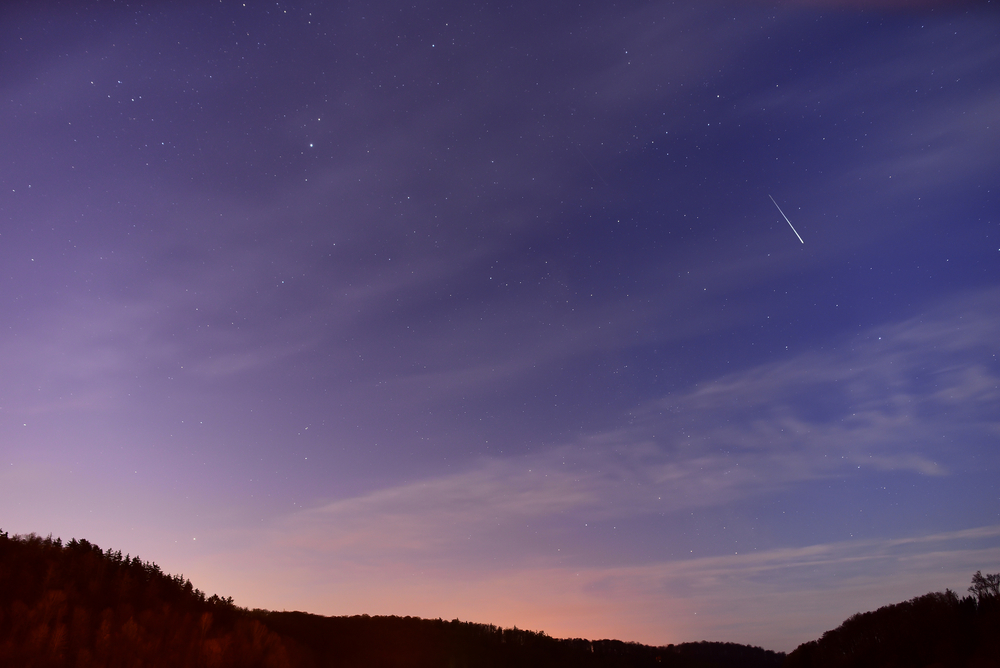
Location is everything when it comes to meteor watching. Seek out a high-altitude location with a clear view of the horizon and minimal air pollution. Mountains, deserts, or large open fields offer excellent viewing opportunities. Avoid valleys and dense forests that can limit your sky view. Light pollution maps can help you find dark sky areas near your location. If you are planning to stay in one place for several hours, scout the area during daylight to ensure it is safe and accessible. Consider bringing a friend or joining a local stargazing group for added safety and shared enjoyment. A well-chosen location can double the number of meteors you see.
What to Bring With You
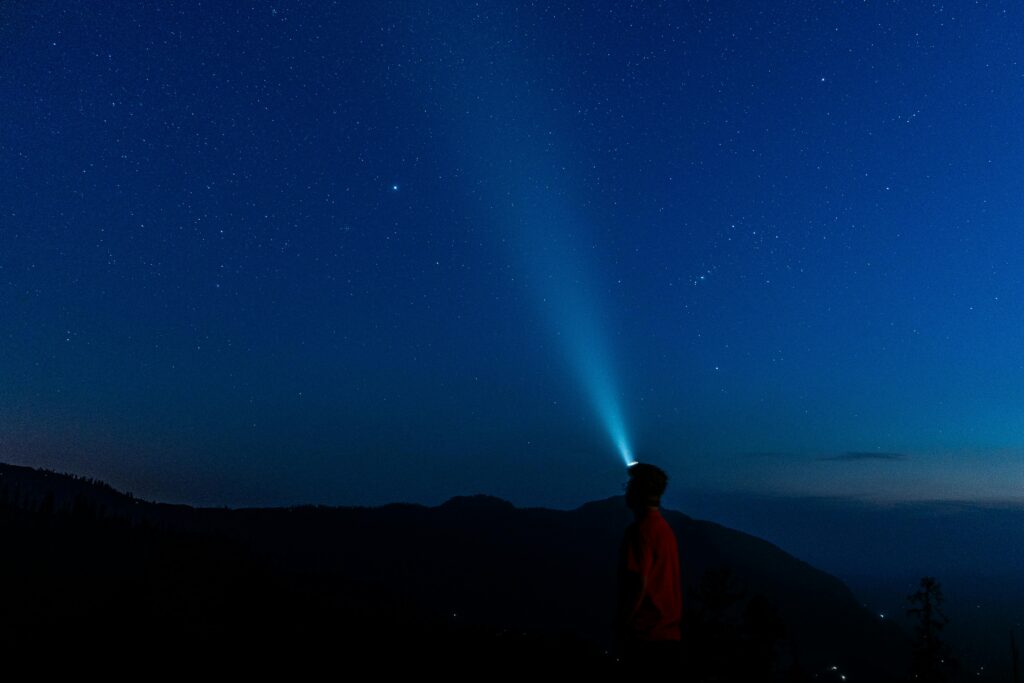
For a successful night of meteor watching, pack smart. A zero-gravity lounge chair or camping mattress makes it easy to lie flat and look straight up for long periods. Dress in layers to handle changing night temperatures, especially in mountainous or desert regions. A sleeping bag or insulated blanket can keep you warm. A thermos with hot drinks, light snacks, and plenty of water will help keep you comfortable and alert. Use a red LED flashlight to navigate without disturbing your night vision. Bring binoculars only if you want to stargaze during slow meteor periods, but remember, meteors move too fast for magnified viewing. Bug spray, extra batteries, and a power bank for your phone are also useful.
How to Maximize Your Chances of Seeing Meteors
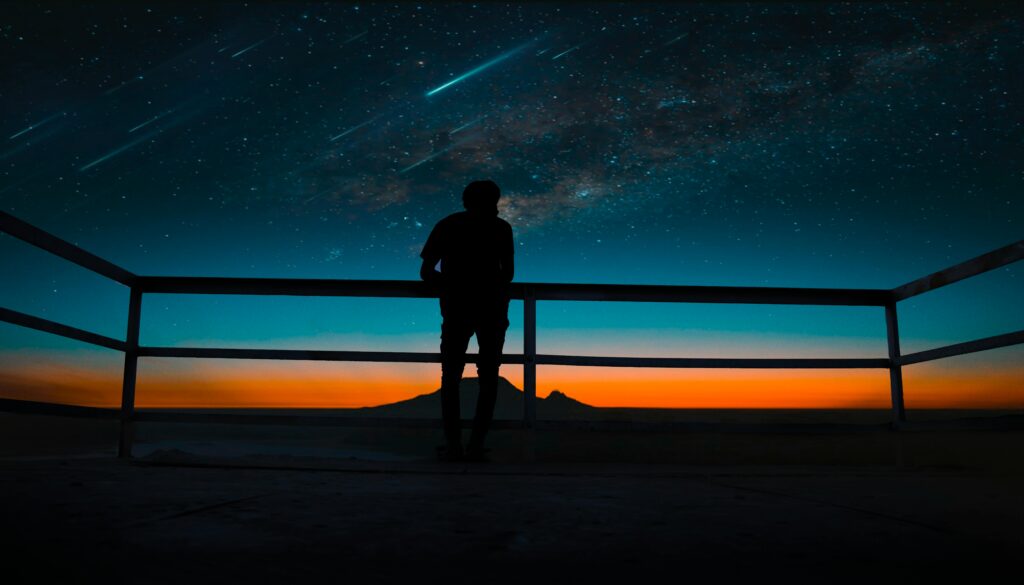
There are several ways to boost your meteor count. First, give your eyes at least 30 minutes to fully adapt to the dark. Even brief exposure to bright light can undo this adjustment. Avoid looking directly at the radiant point, as meteors close to it tend to have shorter trails. Instead, scan the sky about 45 degrees away from Perseus for longer and more dramatic meteors. Keeping a wide-angle view increases the chance of catching meteors that appear suddenly. Try to stay out for at least two hours. Meteor showers are not always steady, and bursts of activity can happen at any time.
What to Expect From the Show
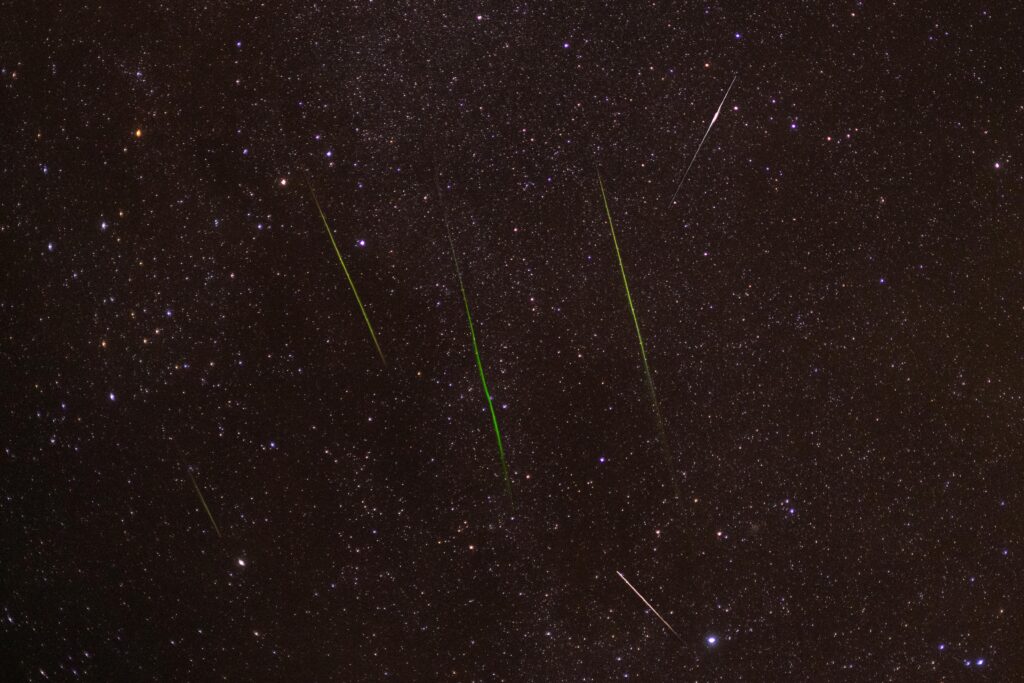
The Perseids are known for variety. You might see fast white streaks, slower yellow trails, or even green flashes. These color variations come from different elements in the meteor debris. Magnesium burns white, sodium glows yellow, and nickel can give off greenish light. The show is unpredictable, which makes each viewing session unique. On average, expect around 80 to 100 meteors per hour in dark locations during the peak. If you stay long enough, you will likely witness a fireball or a bolide, which is a meteor that explodes mid-air and briefly lights up the entire sky.
Watching With Kids or Beginners
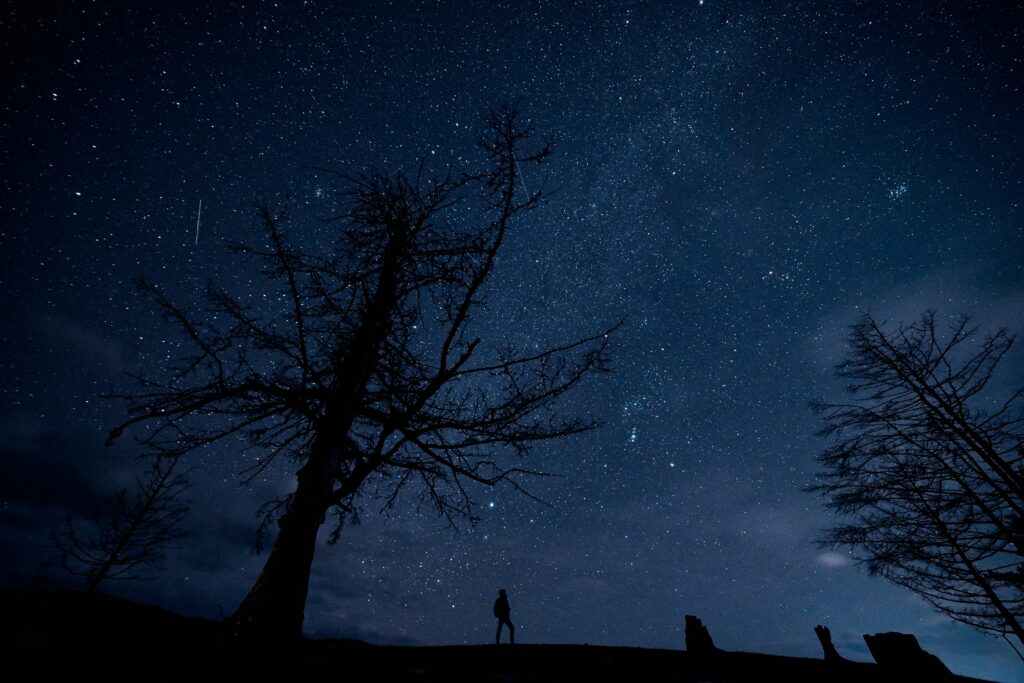
The Perseids are perfect for families. They offer a shared outdoor experience that is both educational and memorable. If watching with kids, plan short sessions to match their attention spans. Teach them to spot the radiant and explain what meteors are before heading out. Bring small telescopes or star maps to add variety during quiet periods. Let them make a wish on each shooting star they see. Older kids may enjoy tracking meteor counts or taking long-exposure photos. Keeping everyone warm, fed, and entertained will ensure a positive experience even if meteor activity is slower than expected.
Photographing the Meteor Shower
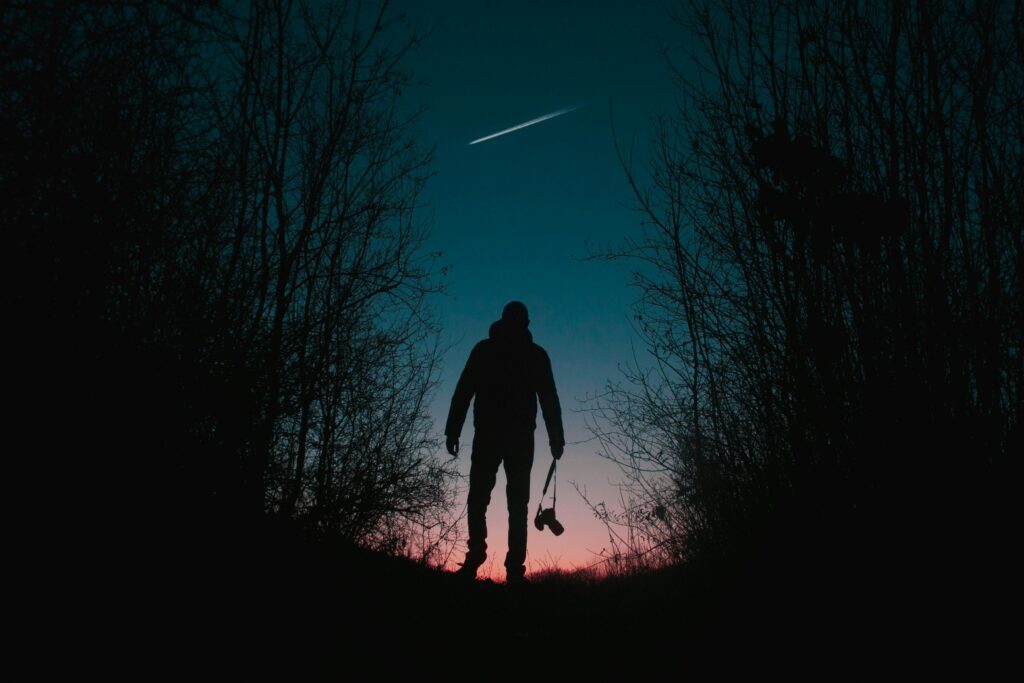
Capturing meteors requires patience and the right settings. A camera with manual control, paired with a wide-angle lens, is ideal. Mount your camera on a sturdy tripod and use manual focus set to infinity. A shutter speed of 20 to 30 seconds allows meteors to register without overexposing the background stars. Set your ISO between 1600 and 3200 to gather more light without excessive noise. Take continuous shots over several hours and review them later for captured meteors. Avoid pointing the lens directly at the radiant, as the trails will be shorter. Angling the camera 30 to 60 degrees away often produces better images.
Read More: 32 Sci-Fi Worthy Alien Planets That Actually Exist
What Causes the Bright Fireballs
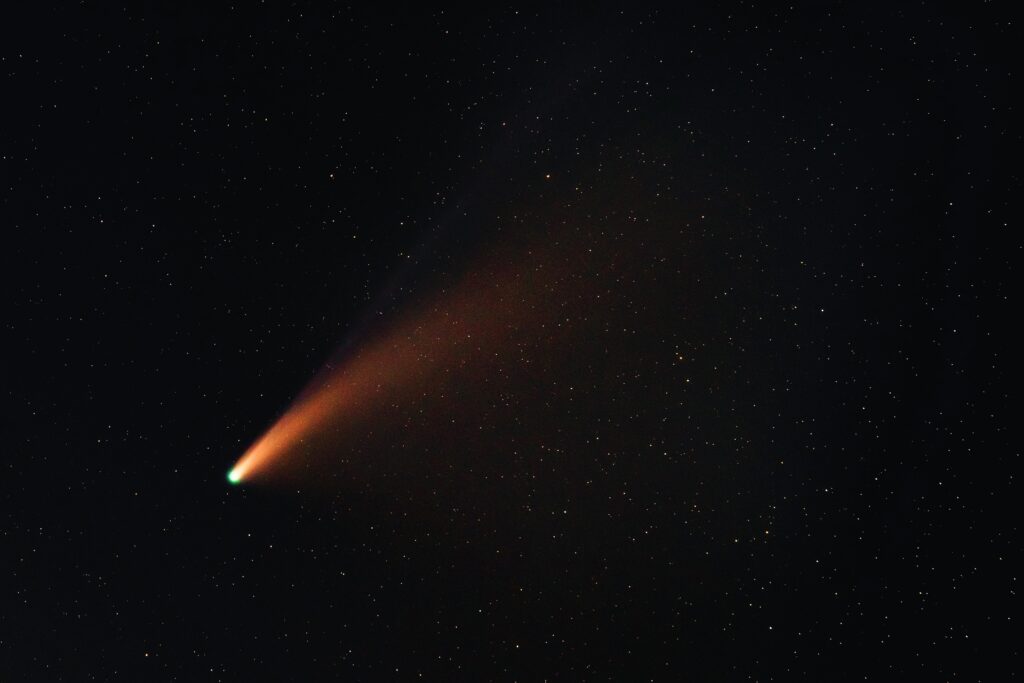
Not all meteors are the same. Fireballs are caused by larger fragments of comet debris, which can be up to several centimeters across. When these hit the atmosphere, they create extremely bright flashes that can last several seconds. Some fireballs break apart into multiple pieces, while others leave persistent glowing trails. These events are rare but common enough during the Perseids to expect a few on any given night. The high speed of the meteors, combined with their mineral composition, leads to the vivid flashes and occasional color changes. These fireballs are often the most talked-about features of the entire shower.
Is Special Equipment Required
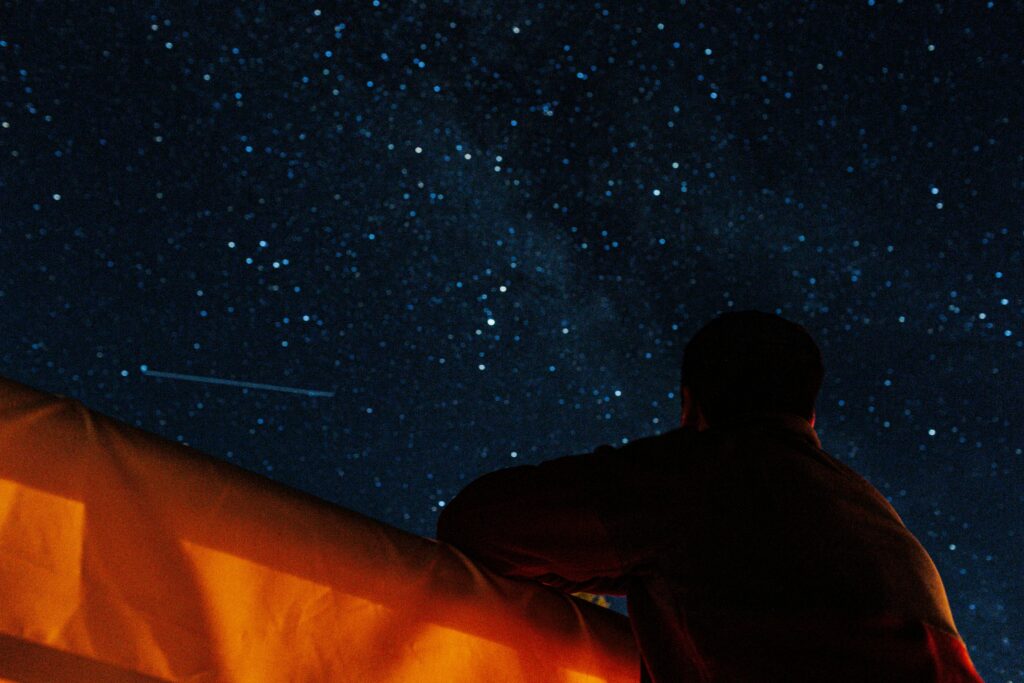
No special gear is required to enjoy the Perseids. Your eyes are the best tools for viewing meteors. The human eye has a wide field of view, which is perfect for catching sudden, fast-moving streaks. While apps and tools can help locate constellations or guide your gaze, they are not necessary. Avoid using telescopes or binoculars for meteors. These limit your view and reduce the chances of spotting meteors in time. Just find a dark place, look up, and wait. The less gear you bring, the simpler and more immersive your experience will be.
What Not to Do During the Meteor Shower
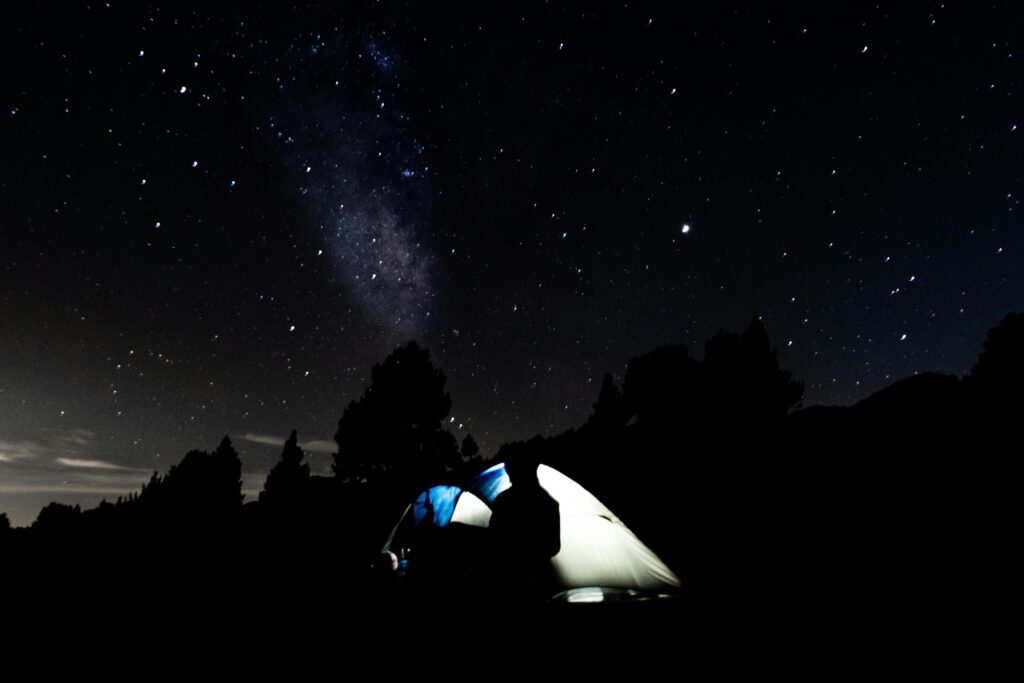
Avoid frequent phone use or turning on car headlights once your eyes are adjusted. Bright light will delay your ability to see fainter meteors. Do not stand or sit in areas with blocked views or narrow sky windows. Do not pack up too early. Some of the most dramatic activity can occur unexpectedly late in the viewing window. Also, resist the urge to talk too much or constantly move around. Staying still, quiet, and observant helps you and others around you get the most from the experience. Respect others’ space and preserve the dark environment.
Why the Perseids Are Worth Your Time
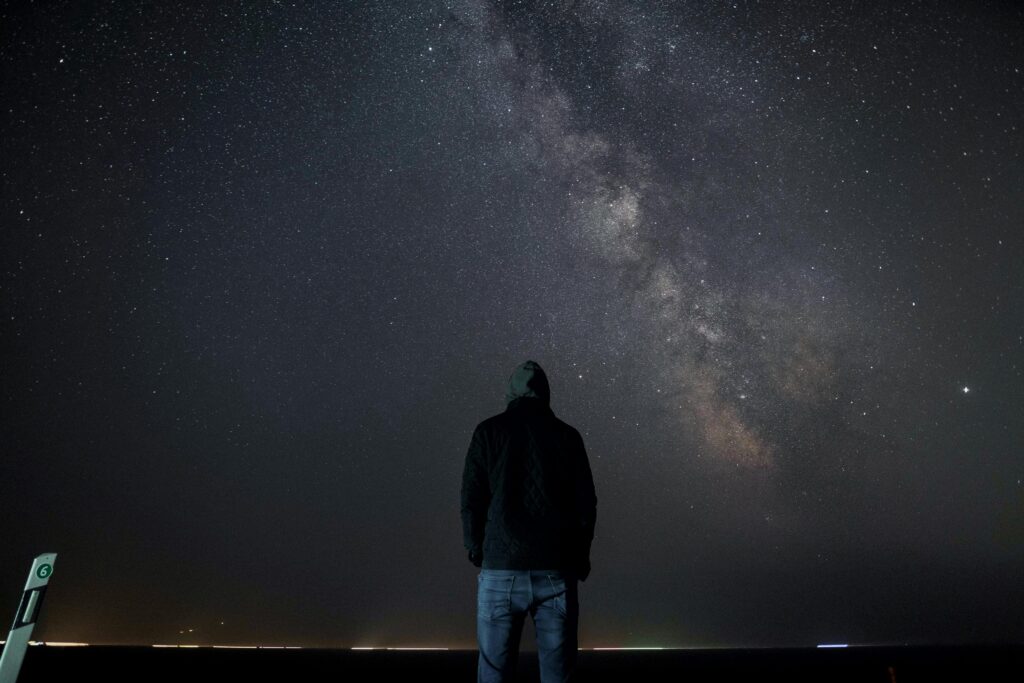
Few natural events rival the Perseids in beauty and accessibility. They require no cost, no travel to observatories, and no prior experience. The sight of a bright meteor flashing across the sky is something that stays with people for years. The Perseids provide a rare opportunity to slow down, reconnect with nature, and look up. Whether you see ten meteors or a hundred, the experience is always unique. Observing this shower can be a peaceful, thrilling, or even emotional experience, depending on who you are with and how you spend the night.
Read More: How to Experience the 2027 Total Solar Eclipse Like Never Before
Final Tips for a Perfect Perseids Night
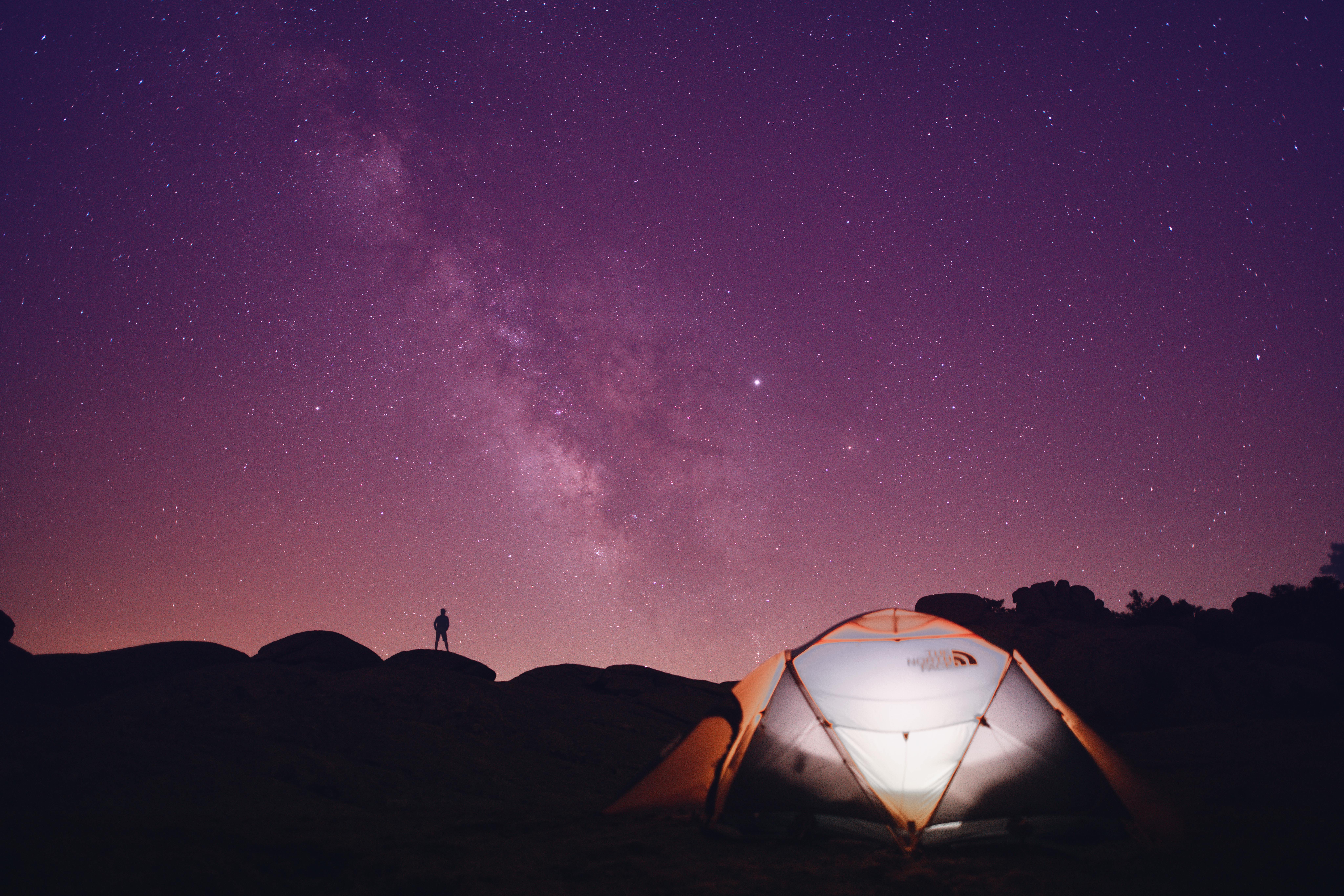
Monitor weather forecasts leading up to August 11 and 12. Clear skies are essential. If your area is cloudy, consider traveling to a nearby region with better visibility. Charge your devices ahead of time but use them sparingly. Arrive early, settle in, and let yourself fully adjust to the quiet and the dark. Focus on the sky rather than distractions. With good preparation, patience, and the right attitude, your 2025 Perseids viewing can become one of your most memorable nights under the stars.
Disclaimer: This article was created with AI assistance and edited by a human for accuracy and clarity.
